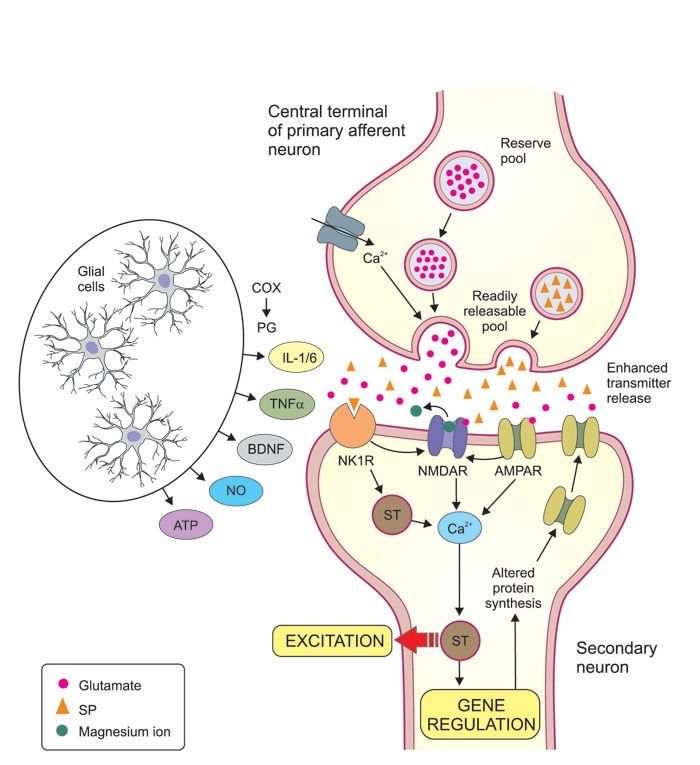Dopamine receptors in the brain

Dopamine receptors are widely distributed throughout the brain and play crucial roles in various neurological processes. Here’s an overview of the functions and locations of different dopamine receptor subtypes in the brain:
- Dopamine D1 receptors:
- Functions: Involved in cognitive processes, motor control, reward and motivation, and working memory.
- Locations: Highly expressed in the prefrontal cortex, striatum (caudate nucleus and putamen), nucleus accumbens, and substantia nigra.
- Dopamine D2 receptors:
- Functions: Regulate movement, emotion, reward, and addiction-related behaviors. Also play a role in the therapeutic effects of antipsychotic drugs.
- Locations: Abundant in the striatum (caudate nucleus and putamen), nucleus accumbens, substantia nigra, ventral tegmental area, and cortical regions.
- Dopamine D3 receptors:
- Functions: Implicated in modulating emotional and cognitive processes, reward and motivation, and addiction-related behaviors.
- Locations: Highest levels in the nucleus accumbens and islands of Calleja (part of the olfactory tubercle). Also found in the substantia nigra, ventral tegmental area, and certain cortical regions.
- Dopamine D4 receptors:
- Functions: Involved in modulating cognitive processes, attention, and working memory. Also implicated in schizophrenia and addiction.
- Locations: Expressed in the prefrontal cortex, hippocampus, amygdala, and certain regions of the hypothalamus and midbrain.
- Dopamine D5 receptors:
- Functions: Thought to play a role in cognitive processes, attention, and working memory, as well as in regulating the hypothalamic-pituitary-adrenal axis.
- Locations: Found in the hippocampus, hypothalamus, thalamus, and substantia nigra, as well as in certain cortical regions.
It’s important to note that dopamine receptors often work in concert with each other and with other neurotransmitter systems, and their functions can overlap or interact in complex ways. Additionally, the distribution and density of these receptors can vary between individuals and may be altered in certain neurological and psychiatric disorders.
Understanding the specific functions and locations of dopamine receptors has been crucial for developing targeted therapies for disorders related to dopamine dysregulation, such as Parkinson’s disease, schizophrenia, attention deficit hyperactivity disorder (ADHD), and addiction.
The discovery of the dopamine D3 receptor is an interesting story in the field of neuropharmacology and receptor biology. Here’s an overview of the key events and milestones that led to its identification:
- Early evidence for dopamine receptor subtypes (1970s):
- Initially, only one type of dopamine receptor was known, which was called the “dopamine receptor.”
- However, scientists observed different pharmacological effects and binding properties of various dopamine agonists and antagonists, suggesting the existence of multiple dopamine receptor subtypes.
- Identification of D1 and D2 receptors (1979):
- In 1979, researchers at the University of Colorado differentiated between two distinct dopamine receptor subtypes, which they named D1 and D2 receptors.
- This discovery was based on the different biochemical and pharmacological properties of these receptors.
- Search for additional dopamine receptor subtypes (1980s-1990s):
- After the identification of D1 and D2 receptors, researchers suspected the existence of additional dopamine receptor subtypes due to inconsistencies in binding and functional data.
- Several research groups worldwide embarked on efforts to identify and characterize these potential new receptors.
- Cloning of the D3 receptor gene (1990):
- In 1990, a team led by Dr. Albert Sokoloff at the Centre Paul Broca in France reported the cloning and characterization of a novel dopamine receptor subtype, which they named the D3 receptor.
- The D3 receptor was identified from a genomic library derived from the human striatum, a brain region rich in dopamine receptors.
- Confirmation and characterization of the D3 receptor (1990s):
- After the initial discovery, other research groups independently confirmed the existence of the D3 receptor and further characterized its structure, function, and distribution in the brain.
- The D3 receptor was found to have a high affinity for dopamine and shared structural similarities with the D2 receptor, but exhibited distinct pharmacological and functional properties.
- Implications and therapeutic potential:
- The discovery of the D3 receptor opened up new avenues for understanding the role of dopamine in various neurological and psychiatric disorders, such as schizophrenia, Parkinson’s disease, and addiction.
- Pharmaceutical companies began developing selective D3 receptor agonists and antagonists as potential therapeutic agents for these conditions.
The identification of the D3 receptor was a significant milestone in neuropharmacology, as it expanded our understanding of the dopamine receptor family and paved the way for the development of more targeted and selective therapies for dopamine-related disorders.


